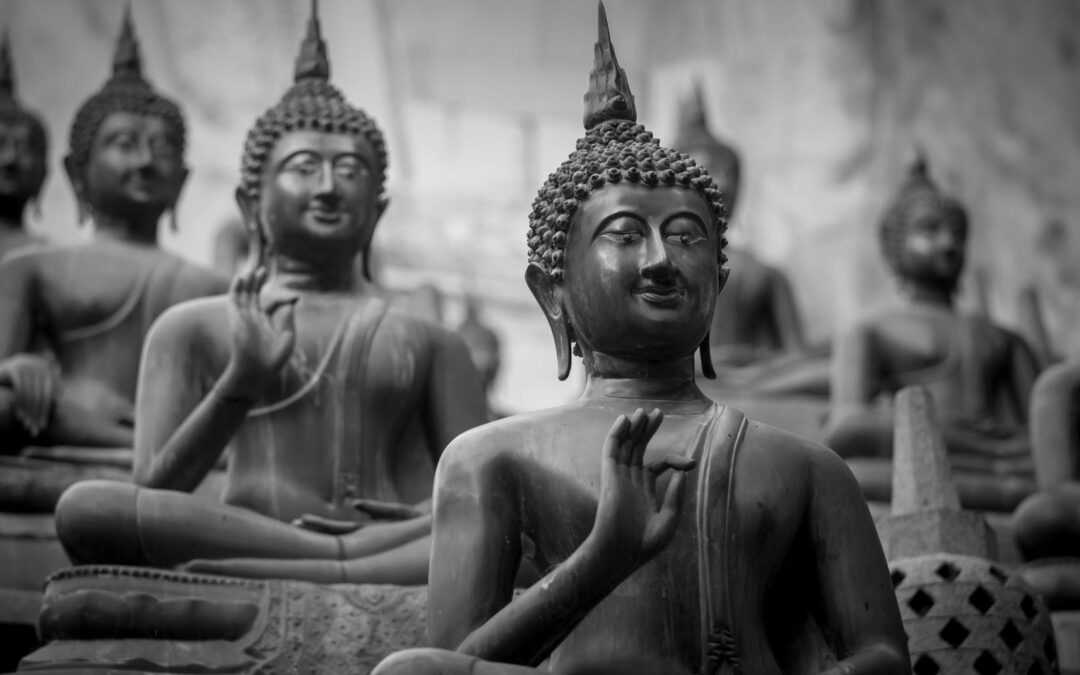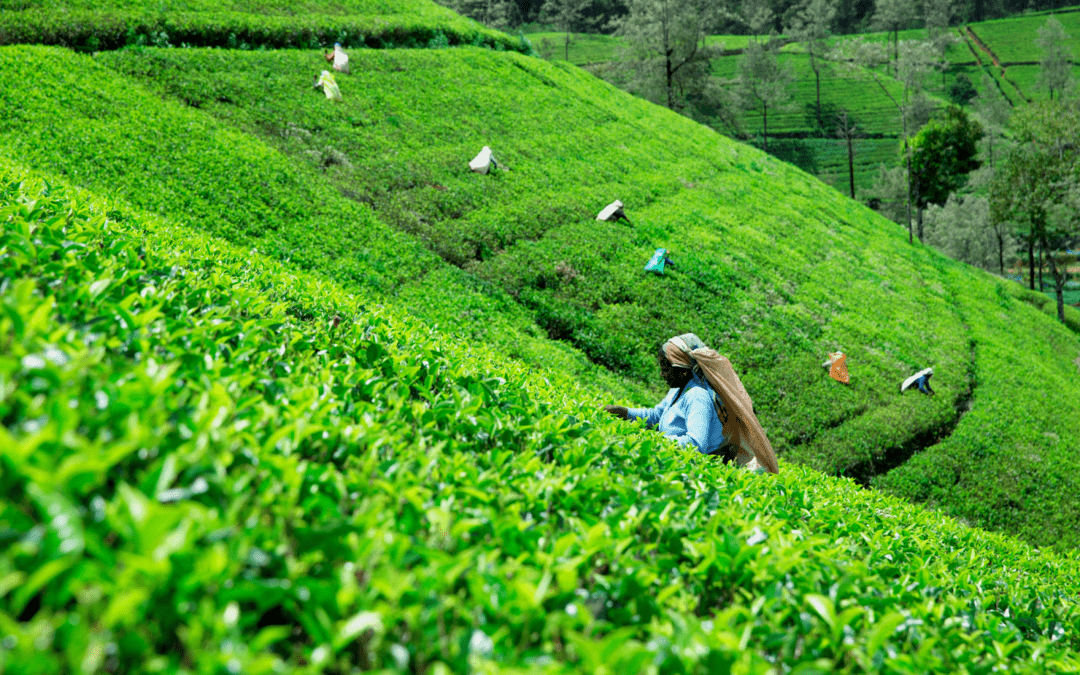
Temples and Sacred Sites of Sri Lanka
Sri Lanka is a diversified country as far as religions and ethnicities are concerned. Four major religions are practiced by the numerous distinct ethnic groups that make up the population of Sri Lanka.
The country has its unique architecture that enhances the nation’s rich culture. Take a spiritual journey to Sri Lanka to immerse yourself in the rich heritage of Sri Lanka and to visit the religious sites and the most important temples in the world. This blog will take you through some of the most breathtaking places that represent worship and Religious significance that you must visit while in Sri Lanka.
The Temple of the Tooth Relic, commonly known as Sri Dalada Maligawa, is situated in the well-known city of Kandy. The temple houses a relic of the tooth of Buddha, which is home to the Buddhists in Sri Lanka. Every year, thousands of worshippers from all over the world come to Sri Dalada Maligawa and pay their respects and receive blessings. The best time to visit the Temple is during the ceremony, where the temple comes alive with the drumming and its rituals.
Sri Dalada Maligawa is one of the most fascinating tourist sites in Sri Lanka. The mesmerizing Esala Perahara is a charming traditional procession that goes on for ten days exhibiting the ancient glory of the Country. This procession falls between July and August every year.
Gangaramaya Temple – Colombo
Gangaramaya Temple is situated in the heart of Colombo and incorporates Sri Lankan, Indian, Thai, and Chinese architectural influences. Seema Malaka known as the meditation hall is part of the Gangaramaya temple, located in Beira Lake. This temple is a great place to visit, if you do not have the time to visit the cultural triangle, as you can get the feel of our ancient temples. A significant collection of antiques from various temples can also be seen.
Adam’s Peak
Adam’s Peak is also known as Sri Pada, in the central province of Sri Lanka. Most Buddhists make an attempt to visit this temple every year as they believe a spectacular indentation at the top resembles the footprint of Lord Buddha. This majestic mountain is at its best during Sunrise and the climb through the night to see the Sunrise along the lit-up stairs is an amazing experience. The Pilgrim season falls between the full moon days of December and May.
Anuradhapura
This is the first ancient capital of Sri Lanka that was flourishing between the 5th Century BC and the 10th Century AD. The oldest tree in the World with a recorded history[ Srimaha Bodhi], The massive Reilc Temples standing up to over 500 feet[ Sthupa], The twin pods, The Samadhi Buddha, the preserved Moonstone are some of the highlights of this ancient Capital. If you are in to Archeology, you can easily spend a couple of days here.
Polonnaruwa
Polonnaruwa was the medieval Capital of Sri Lanka from the 10th to the 12th Century AD which was the golden era of ours. The ruins here are well preserved and are in good shape as these are a lot younger than the first Capital Anurathepura. Polonnaruwa is the most visited ancient city as it is easier to visit the monuments in a short time because they are located closer to each other. Some of the stone work here is mind blowing and the fine details on the statues are beyond imagination. The best temple here is the Rock temple called Gal Viharaya where there are four statues of Buddha chiseled out of a single piece of rock.
Nallur Kandaswamy Kovil
Nallur Kandaswamy Kovil is one of the most famous and significant Kovils in Sri Lanka, located around 3 kilometers from Jaffna town which the Capital of the Northern Province. . The grand arches and vivid colors are the most captivating architecture of this Kovil. Nallur Kandaswamy Kovil is dedicated to Lord Murugan, the god of war, love, and beauty. The Kovil gives both religious and social perspectives to its’ Hindu devotees who come to pray and get the blessings.
Thirukoneswaram Kovil
The Thirukoneswaram Kovil is a traditional and ancient Hindu Kovil complex situated in Trincomalee in the North- East. The Kovil is one of Sri Lanka’s most significant Hindu temples and it is devoted to Lord Shiva. The Kovil is located on top of Swami Rock and the stunning views of the Bay of Bengal from the Kovil may amaze you.
Many Hindu pilgrims come to Thirukoneswaram Kovil during the year to have their blessings while enjoying the breathtaking views and nature of this sacred location.
National Basilica of Our Lady of Lanka, Ragama
The National Basilica of Our Lady of Lanka is a very popular religious destination for Roman Catholics and is situated on the outskirts of Colombo. The church houses the statue of Our Lady of Lanka, making it one of the most significant pilgrimage destinations for Sri Lankan Catholics. The church is built within a large and majestic structure with a lovely interior with the windows with stained glass and beautiful carvings. The statue of Our Lady of Lanka is placed in a unique shrine in the church, and many pilgrims looking for blessings and healing come to this church as there is a belief that the church owes miraculous powers.






















Recent Comments